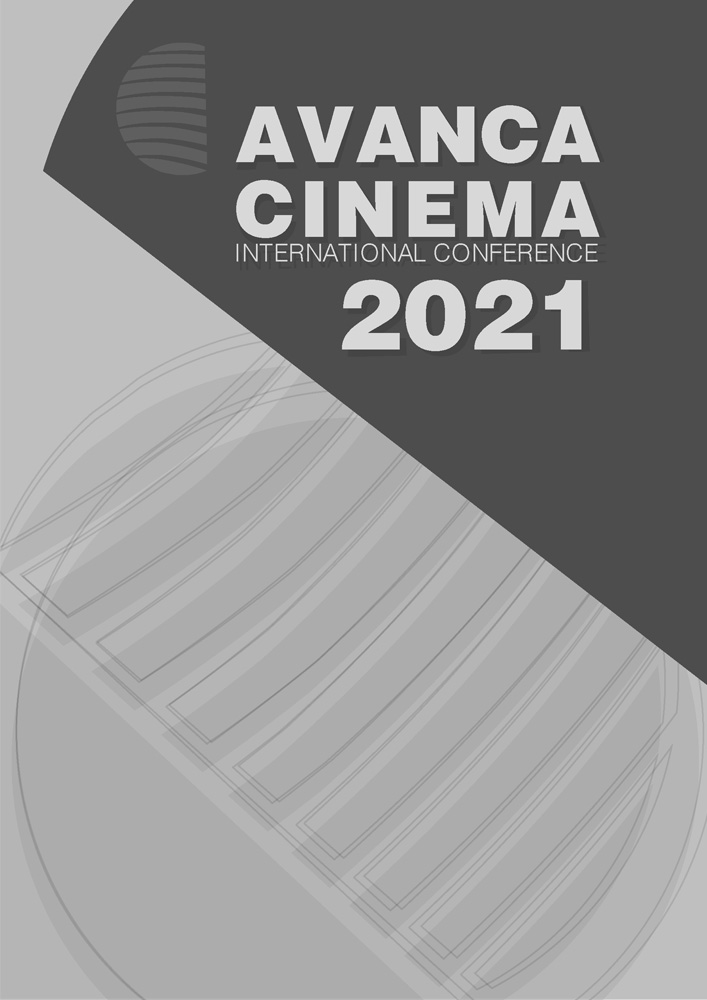Chapitre II _ Cinéma - Cinéma
A história, a literatura e o cinema: um poeta neoclássico enredado no redemoinho de uma metaficção historiográfica
Résumé
In the novel The year of the death of Ricardo Reis, José Saramago re-elaborates the life and work of Fernando Pessoa’s heteronym, whose narrative intertextuality installs and indefinitely, paradoxically, the line of separation between fiction and history, maintaining a self-awareness regarding the way everything is accomplished. Saramago builds a historiographical metafiction, whose problematization of historical knowledge turns to the need and risk of distinguishing between fiction and history as narrative genres. The creation process of this novel makes visible the ideological subtext that determines the conditions of the possibility of production and meaning in cultural practices, thus incorporating artistic, historical and theoretical discourses, rethinking the reworking of the forms and contents of the past, challenging the boundaries between life and art, while playing with the margins of genres. Saramago builds a dense historical picture of the crucial political year of 1936 in Europe, whose narrative reports the historical events through the readings of newspapers and some films that the character will watch in Lisbon’s street cinemas, occurring intertextuality with texts by other authors and the European cinematography of the 1930s. It is possible to consider, in this way, that, in the cinema, the image-time comprises fiction cinema and reality cinema, confusing their differences, and, in the same movement, the narrations make counterfeiters and narratives become simulations.

Ce travail est disponible sous la licence Creative Commons Attribution 4.0 International .

